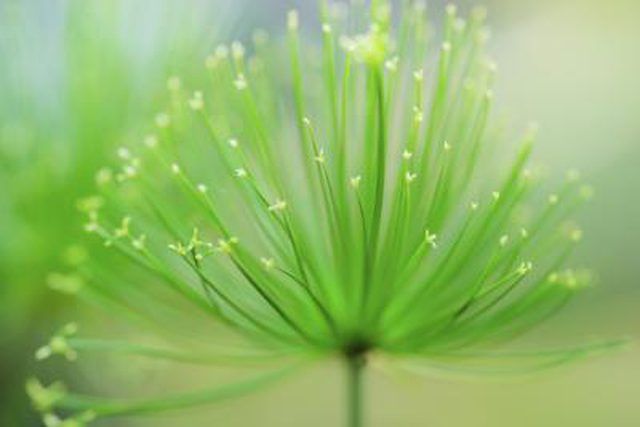Bulbs
Flower Basics
Flower Beds & Specialty Gardens
Flower Garden
Garden Furniture
Garden Gnomes
Garden Seeds
Garden Sheds
Garden Statues
Garden Tools & Supplies
Gardening Basics
Green & Organic
Groundcovers & Vines
Growing Annuals
Growing Basil
Growing Beans
Growing Berries
Growing Blueberries
Growing Cactus
Growing Corn
Growing Cotton
Growing Edibles
Growing Flowers
Growing Garlic
Growing Grapes
Growing Grass
Growing Herbs
Growing Jasmine
Growing Mint
Growing Mushrooms
Orchids
Growing Peanuts
Growing Perennials
Growing Plants
Growing Rosemary
Growing Roses
Growing Strawberries
Growing Sunflowers
Growing Thyme
Growing Tomatoes
Growing Tulips
Growing Vegetables
Herb Basics
Herb Garden
Indoor Growing
Landscaping Basics
Landscaping Patios
Landscaping Plants
Landscaping Shrubs
Landscaping Trees
Landscaping Walks & Pathways
Lawn Basics
Lawn Maintenance
Lawn Mowers
Lawn Ornaments
Lawn Planting
Lawn Tools
Outdoor Growing
Overall Landscape Planning
Pests, Weeds & Problems
Plant Basics
Rock Garden
Rose Garden
Shrubs
Soil
Specialty Gardens
Trees
Vegetable Garden
Yard Maintenance
How to Grow Egyptian Papyrus
How to Grow Egyptian Papyrus. Egyptian papyrus (Cyperus papyrus) produces 5- to 8-foot-tall reedlike growth that thrives in wet soil, such as that along the bank of a pond or stream. Its floral umbels open in summer, each resembling a green firecracker exploding at the tip of a stem. Papyrus is hardy in U.S. Department of Agriculture plant...

Egyptian papyrus (Cyperus papyrus) produces 5- to 8-foot-tall reedlike growth that thrives in wet soil, such as that along the bank of a pond or stream. Its floral umbels open in summer, each resembling a green firecracker exploding at the tip of a stem. Papyrus is hardy in U.S. Department of Agriculture plant hardiness zones 9 through 11. It doesn't tolerate temperatures below freezing and grows best when temperatures remain above 40 degrees Fahrenheit. Papyrus also grows well as a potted water plant.
Things You'll Need
Pot without bottom drainage holes (optional)
Watering device (optional)
Disposable 1/2 teaspoon
Balanced, water-soluble fertilizer
1-gallon container
Sharp knife
Clean cloth
Isopropyl alcohol
Sink a papyrus plant's container in a pond or other water feature so that the container's top is up to 12 inches beneath the water surface, or grow the plant directly in boggy, wet soil near the margin of an outdoor pond. Place the plant in an area that receives full, all-day sunlight or full morning sunlight and afternoon shade. If a pond isn't available, grow papyrus above ground in a pot that has no bottom drainage holes so the pot's soil stays wet.
Check the papyrus plant's soil moisture daily by inserting your fingers either into the soil at the base of the plant's above-water pot or into its soil along a pond. Water the soil before it begins to dry, keeping it wet at all times. Although papyrus tolerates dry soil for a short time, its best growth occurs when its roots remain wet or submerged in water.
Dilute ? teaspoon of a balanced, water-soluble fertilizer, such as a 15-15-15 blend, with 1 gallon of water. Water the papyrus plant with the mixture once weekly when the plant grows actively in spring and summer.
Cut the old stems, also called culms, back to the soil surface when they die back and turn brown. Wipe a sharp knife with a clean cloth soaked with isopropyl alcohol before you make each cut. Dispose of the old, removed culms or put them on a compost pile.
Lift a papyrus' pot out of its pond before temperatures drop below 40 F if your area experiences winter frost. Take the pot indoors, and set it in an area that receives all-day sun. Water the plant's soil as usual throughout winter, but stop all fertilizer applications. Move the plant back outdoors in spring after the danger of frost passes. The plant may die back slightly when overwintered indoors but will resume growth in spring.
Lift the papyrus rhizomes from the pot in spring just as new growth resumes if the roots fill or crowd the pot. Cut apart the rhizomes by using a knife disinfected with Isopropyl alcohol. Remove the dead, nonproductive rhizomes from the center of the clump, and cut the remaining rhizomes into 3- to 5-inch sections that each contains at least two upright growth buds or culms. Replant the divided rhizomes with the culms or buds facing upward and the top of the rhizomes just beneath the soil surface. Plant two to three rhizomes per 12- to 14-inch-diameter pot, or space them 24 inches apart along a pond margin.
Tips & Warnings
Papyrus rarely suffers from pest or disease problems.
Egyptian papyrus can quickly take over a pond and become invasive in warm areas where it doesn't die back in winter. Growing the plant in a pot so its rhizomes can't spread minimizes its invasive potential.